Blockchain and Web3: The Future of the Internet Explained Simply

 Written by Massa Medi| January 3, 2025
Written by Massa Medi| January 3, 2025
The internet has transformed how we live, work, and connect with others. But now, it’s evolving into something even more exciting—powered by blockchain and Web3. If you’ve ever heard of these terms and felt confused, don’t worry! In this blog, we’ll explain what blockchain and Web3 are in simple language, why they matter, and how they might change the internet forever. Whether you’re tech-savvy or just curious, you’ll leave with a clear understanding of these groundbreaking technologies.
What is Blockchain?
Let’s start with the basics: What exactly is blockchain? Imagine a public notebook where every transaction is written down, but instead of one person keeping the notebook, everyone in a large group has a copy. Every time something is added, all the notebooks are updated automatically. That way, nobody can cheat or change the notes without everyone knowing. This is essentially what blockchain does.
Blockchain is a system that allows information (like money transfers, contracts, or records) to be stored across many computers in a way that is secure and transparent. Because it doesn’t rely on one central authority (like a bank or government), no single person or company has control over the entire system.
You might have heard of Bitcoin or Ethereum—these are cryptocurrencies that run on blockchain technology. But blockchain is much more than just digital money; it’s a technology that can help with many things like keeping track of products in a supply chain, verifying your identity online, or making sure digital contracts happen automatically.
What is Web3?
Now, let’s talk about Web3. To understand Web3, we first need to talk about how the web works today. Right now, most of the internet is run by big companies like Google, Facebook, and Amazon. They control the websites we use, collect our data, and often make money from it. This is called a “centralized” system because control is in the hands of a few large companies.
Web3, however, aims to change that by making the internet decentralized. In Web3, no single company or organization has all the control. Instead, control is spread out across many different people and computers. Users own their own data and can interact directly with each other without needing to go through companies like Google or Facebook.
Web3 uses blockchain to make this happen. It’s like having an internet where you are in charge of your personal information and don’t have to trust big companies to keep it safe. One key part of Web3 is something called smart contracts, which are basically computer programs that run on the blockchain. These contracts can do things automatically, like sending payments, once certain conditions are met.
Blockchain and Web3 Use Cases: Real-Life Examples
It’s one thing to understand what blockchain and Web3 are, but how do they affect your daily life? Let’s look at some simple examples of how these technologies are already being used today.
1. Decentralized Finance (DeFi): A New Way to Use Money
Decentralized Finance (often called DeFi) is like banking without the bank. In DeFi, people can borrow, lend, or invest money directly with each other through the blockchain, without needing a bank or financial company. Everything happens automatically through smart contracts, which means there’s no need for a middleman.
Imagine you want to lend money to someone. In the current system, you would go through a bank, which would take a fee and handle the transaction. In DeFi, you can lend money directly to someone using a smart contract. The contract handles everything—making sure the loan is paid back and automatically transferring the funds. This makes DeFi faster, cheaper, and more open to everyone.
2. Digital Identity: You Own Your Data
Today, your identity online is controlled by the big platforms you use. For example, when you create a Facebook or Google account, they manage your login details and keep track of your personal information. With digital identity on the blockchain, you are in control of your own identity. Instead of Facebook or Google keeping your information, you keep it yourself on the blockchain.
This can make it easier to prove who you are online and access services without relying on big companies. It also gives you more privacy and security since you decide who gets to see your personal information.
3. NFTs: A New Way to Own Digital Items
Have you heard of NFTs (non-fungible tokens)? They’re like digital collectibles. With NFTs, you can own digital art, music, videos, or even virtual real estate. Each NFT is unique and cannot be copied, which makes it different from other digital files that can be easily duplicated.
Think of an NFT like owning a signed, original piece of art, but in digital form. You can buy, sell, or trade NFTs, and because they’re stored on the blockchain, it’s easy to prove that you own them.
Challenges of Blockchain and Web3
While blockchain and Web3 offer lots of exciting opportunities, they also come with some challenges. One of the biggest is something called scalability. This means that blockchain systems can be slow when there are lots of users or transactions happening at once.
Another challenge is regulation. Since blockchain allows for financial transactions and other important data to be shared directly between people, governments are still figuring out how to regulate it. This includes making sure that it’s used safely and not for illegal activities.
Finally, blockchain technology is still relatively new, so it’s not always easy for people to understand or use. But as the technology improves, we can expect it to become faster, more user-friendly, and more widely adopted.
Conclusion
Blockchain and Web3 are game-changers for how we use the internet. By putting more power in the hands of individuals rather than big companies, they have the potential to make the web more secure, private, and fair. While there are still challenges to overcome, these technologies are already having an impact and will continue to shape the future of the internet.
Whether you’re interested in finance, technology, or simply using the internet, understanding blockchain and Web3 will help you stay ahead of the curve as these technologies evolve.
Recommended
Explore More Recent Blog Posts

Understanding How the Internet Works
January 13, 2025
Learn how the internet functions, from the basics of networking to protocols like HTTP. Understand key concepts like IP addresses, DNS, and data packet routing.

Progressive Web Apps: A Step-by-Step Guide
January 14, 2025
Learn the essentials of building Progressive Web Apps (PWAs) that combine the best of web and mobile apps. This guide covers service workers, manifest files, and offline capabilities to create a seamless user experience.

Mastering SEO and Content Marketing Strategies
January 10, 2025
Unlock the secrets of search engine optimization (SEO) and content marketing. Understand how Google indexes pages and learn to create valuable content that attracts and engages your target audience.

Web Analytics: Tracking User Behavior for Better UX
January 8, 2025
Harness the power of web analytics to improve your website's user experience. Learn how to set up Google Analytics, interpret user behavior data, and use tools like Hotjar and Crazy Egg to optimize your site's performance and conversion rates.
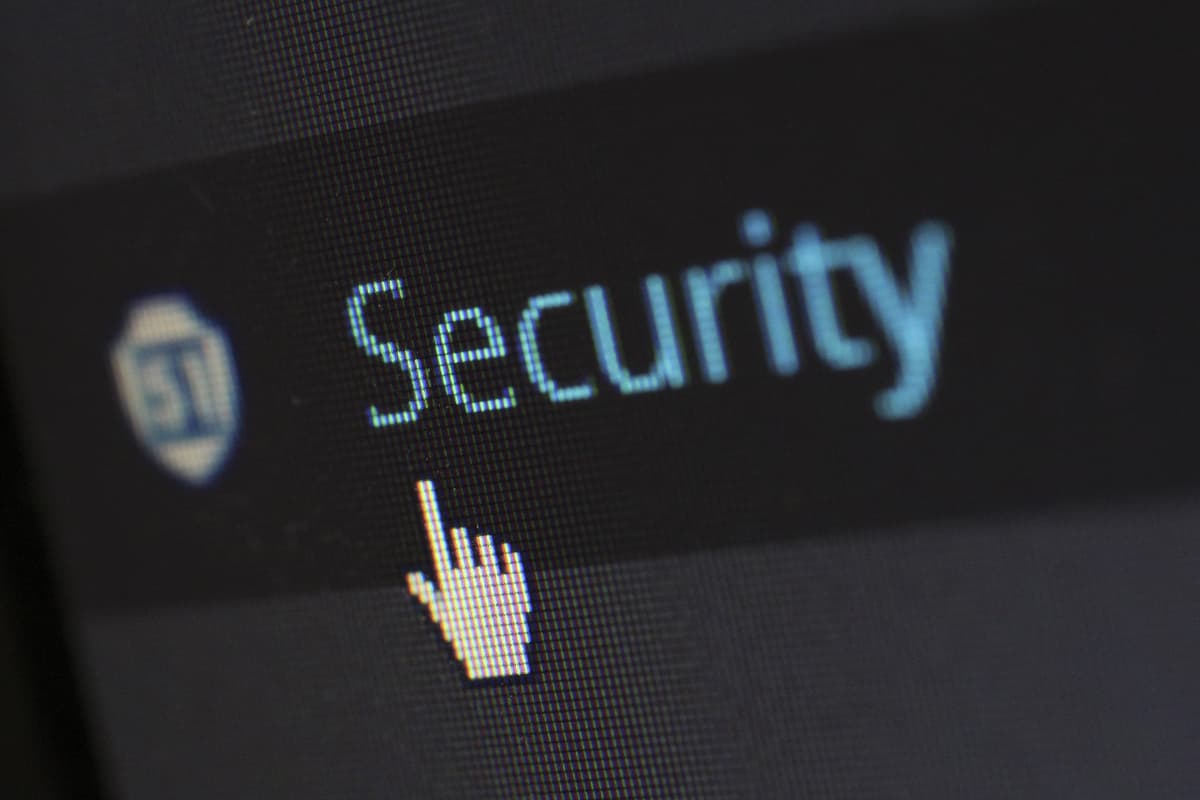
Cybersecurity Essentials for Web Developers
January 4, 2025
Protect your website and users with essential cybersecurity practices. Explore the importance of HTTPS, SSL certificates, and learn about common vulnerabilities like XSS and CSRF.

Monetization Strategies for Tech Professionals
January 1, 2025
Explore various ways to monetize your tech skills. From freelancing on platforms like Upwork and Fiverr to creating and selling digital products.

AI Tools for Developers: Boosting Productivity and Creativity
January 12, 2025
Leverage the power of AI to enhance your development workflow. Discover how tools like ChatGPT and GitHub Copilot can assist in coding, content creation, and problem-solving.
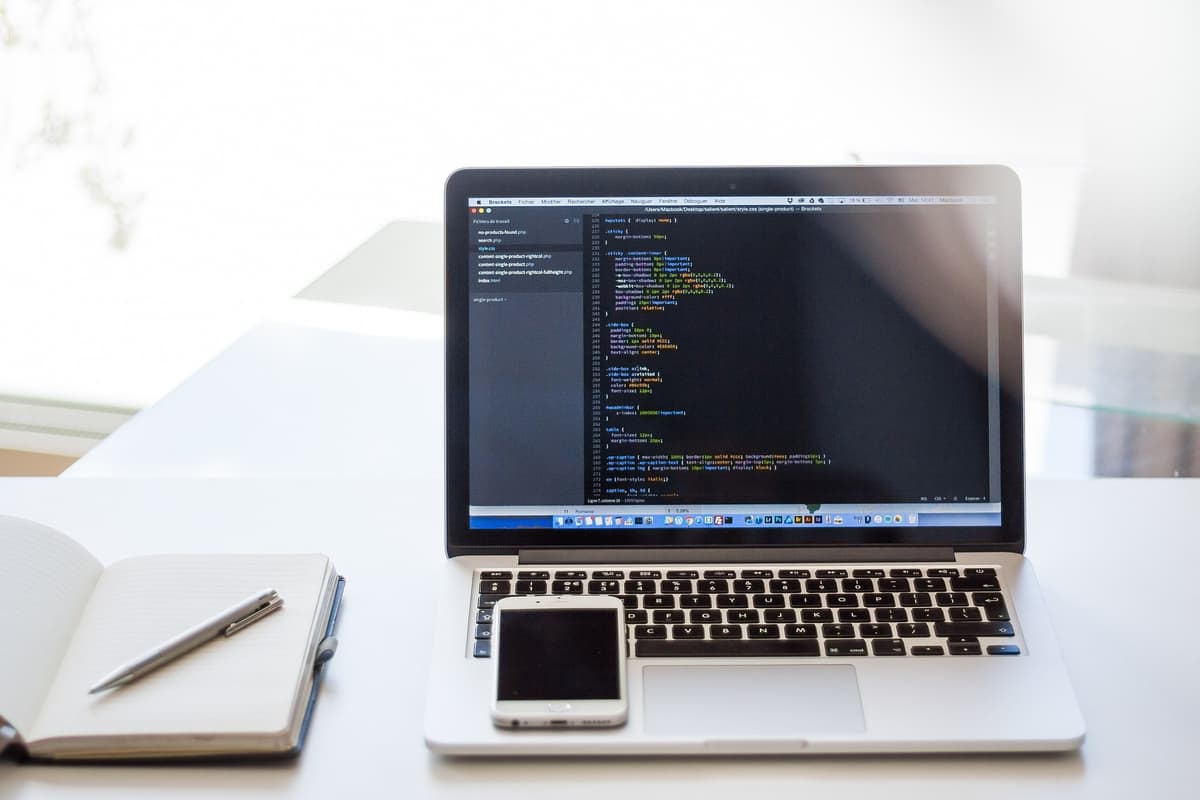
The Rise of No-Code and Low-Code Platforms
January 14, 2025
Explore the growing trend of no-code and low-code platforms. Understand how these tools are changing the landscape of web development and enabling non-technical users to create sophisticated applications.
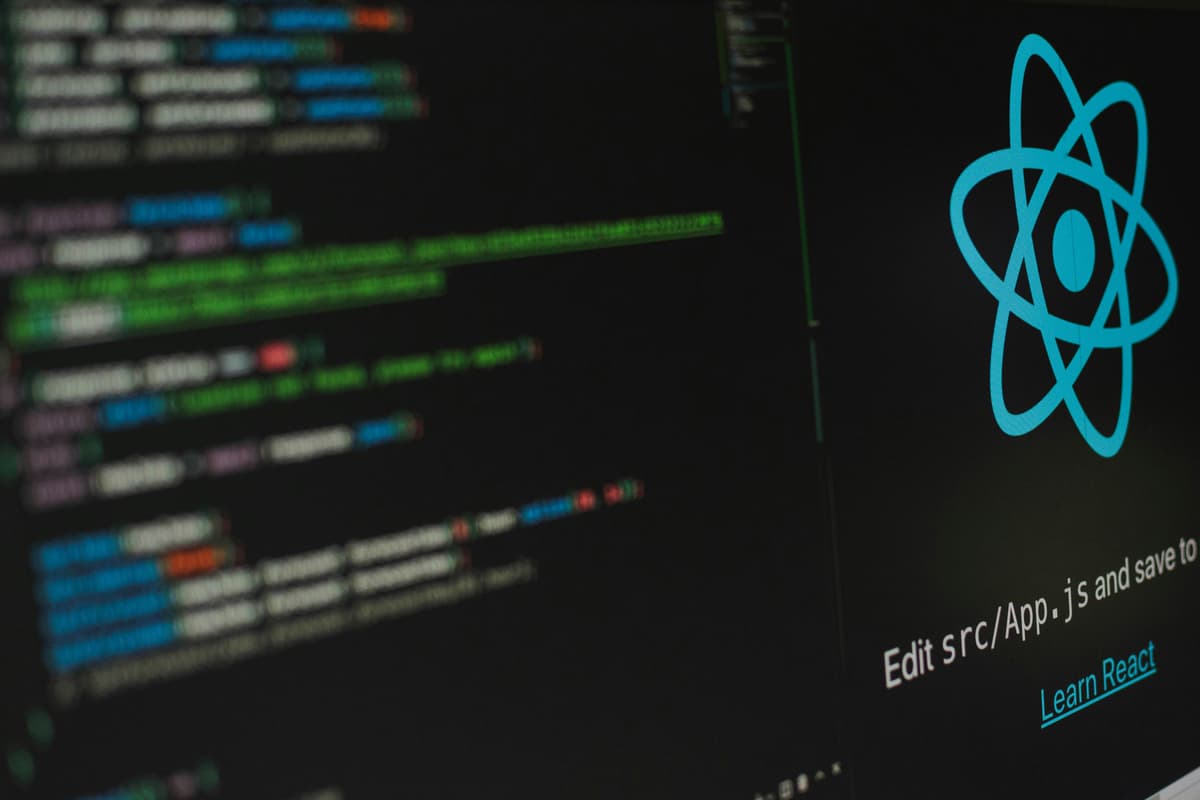
Why Learn React in 2025?
January 13, 2025
Explore the reasons behind React's enduring popularity in 2024. Learn about its efficiency, component-based architecture, and the vibrant ecosystem of libraries that support modern web development.

Understanding JavaScript Closures
January 6, 2025
Dive deep into the concept of closures in JavaScript. Learn how closures work, why they are useful, and how they can help you manage scope and data encapsulation in your applications.

CSS Grid vs. Flexbox: Which to Choose?
January 2, 2025
Understand the differences between CSS Grid and Flexbox, two powerful layout systems in modern web design. This post will help you decide which tool to use based on your project's needs.

React Hooks: A Comprehensive Guide
January 7, 2025
Get a thorough understanding of React Hooks and how they revolutionize state management in functional components. Explore hooks like useState, useEffect, and custom hooks.

The Ultimate Guide to Google Search Console in 2024
January 7, 2025
Navigate the features and functionalities of Google Search Console to enhance your website's SEO performance. This guide covers setting up your account and using insights to improve your content strategy.

Domain Names: What They Are and How to Choose One
January 12, 2025
Learn about domain names, their structure, and the importance of choosing the right one for your online presence. This post covers best practices for selecting domain names that enhance branding and SEO.
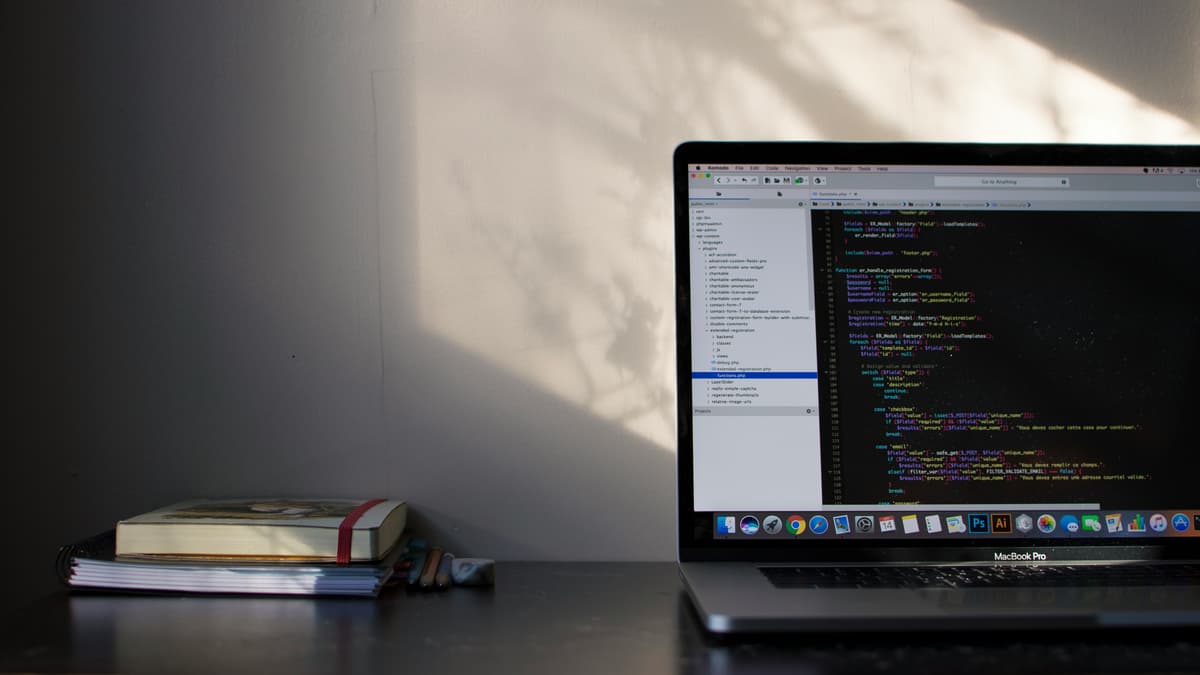
Web Hosting: A Simple Guide to Choosing the Right Provider
January 2, 2025
This guide provides an overview of different types of web hosting services, including shared, VPS, dedicated, cloud, managed, and colocation hosting. It offers practical examples of providers, tips for avoiding scams, and guidance on choosing the right service for your needs. Additionally, it highlights free hosting options like GitHub Pages, Netlify, and Vercel, along with steps for hosting a website that uses HTML, CSS, and JavaScript.

Online Courses and Starting a Tech YouTube Channel: Sharing Your Knowledge and Impacting Lives
January 1, 2025
Learn how to create and sell online courses to share your expertise, and explore the steps to start a tech YouTube channel that can reach and engage a global audience. This blog covers the benefits of online courses, planning content, and strategies to grow a successful YouTube channel.
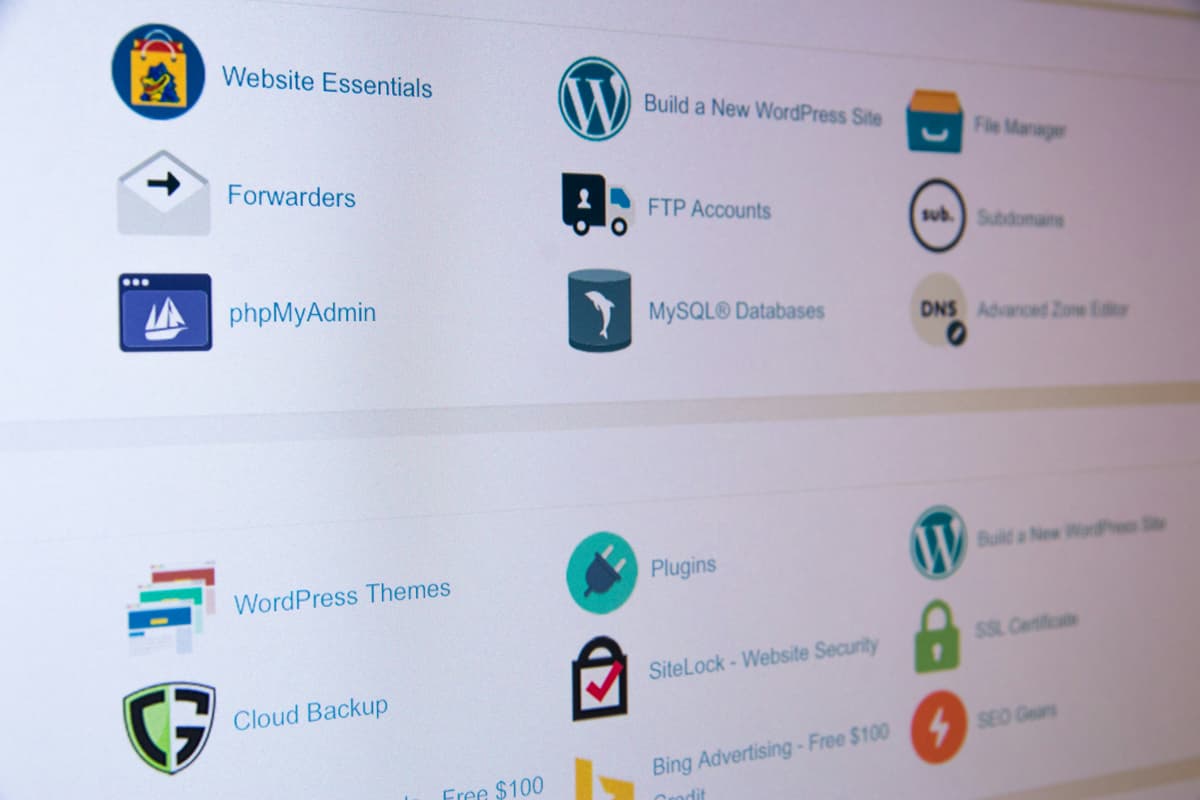
Unleashing the Power of SSL Certificates: Why SSL Matters for Your Website
January 10, 2025
Learn about SSL certificates and their importance in protecting websites. Understand data encryption, authentication, and the types of SSL certificates available, including Domain Validation, Organization Validation, and Extended Validation SSL. Discover how SSL boosts user trust and search engine rankings while ensuring legal compliance.
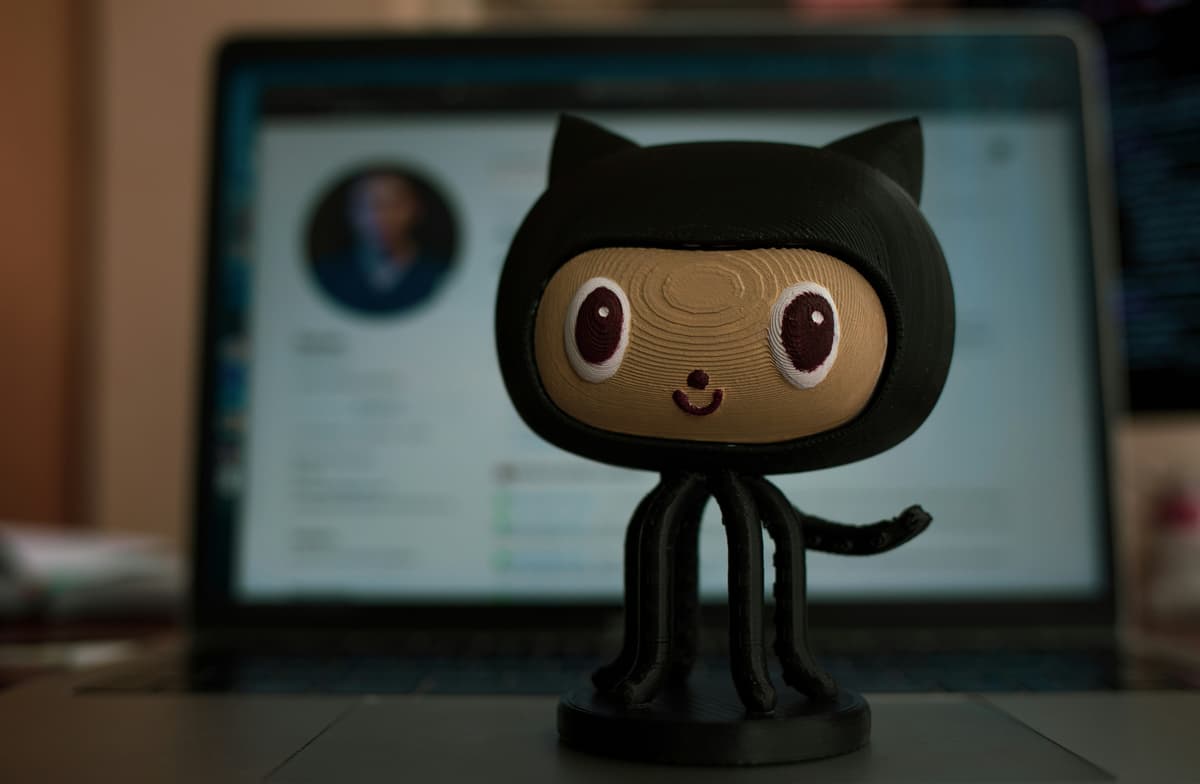
The Importance of Version Control in Software Development
January 9, 2025
Explore the critical role of version control systems like Git in software development. Understand how version control helps manage changes, collaborate with teams, and maintain project history.
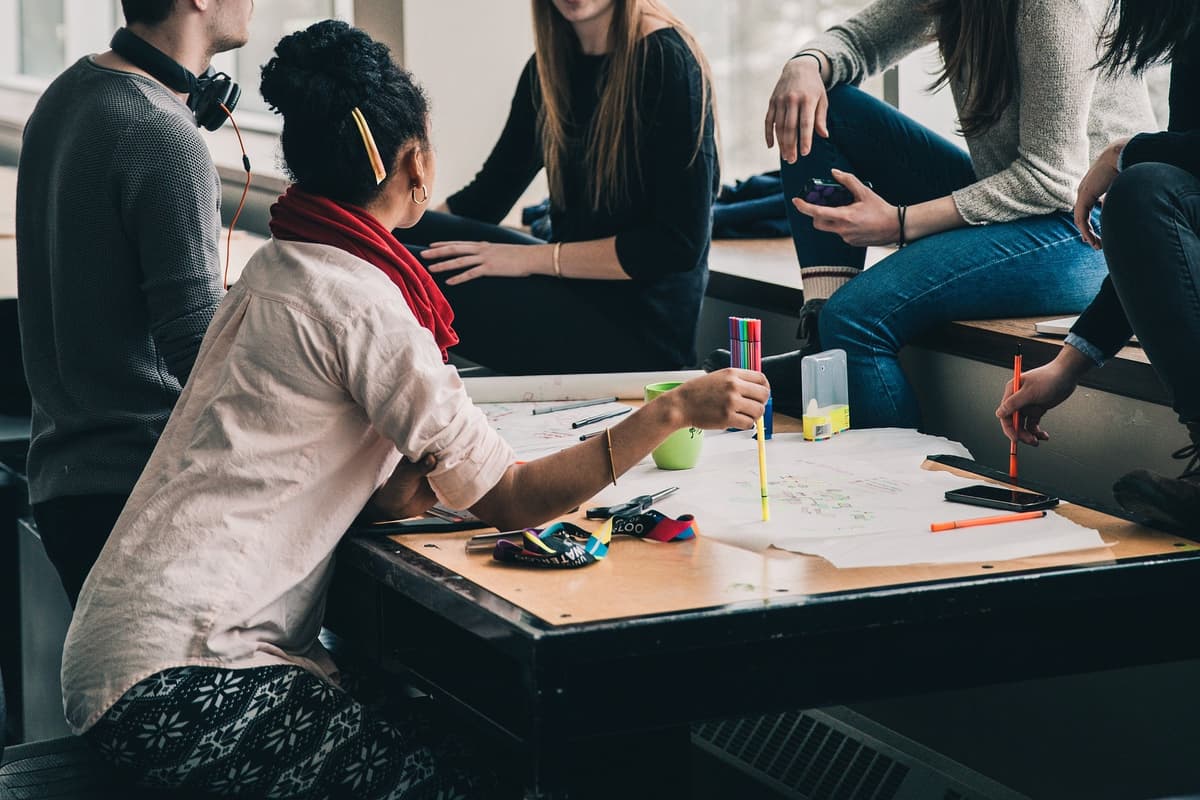
Building Networks as Developers: A Comprehensive Guide to Professional Connections
January 4, 2025
Learn how to build a strong network as a developer and maximize your online presence.

The Internet of Things (IoT): Revolutionizing Our Connected World
January 5, 2025
The Internet of Things (IoT) is transforming the way we live and work by connecting everyday devices to the internet, allowing them to exchange data. This article explores IoT, its history, architecture, real-world applications, and its future impact on industries like healthcare, agriculture, and smart cities. It also discusses the role of AI in IoT, security challenges, and ethical implications.